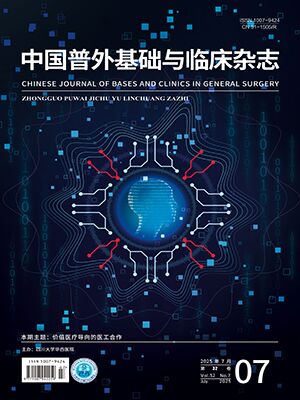ObjectiveTo discuss the effect of palliative drainage operation on the life quality of hilar cholangiocarcinoma. MethodsCholangiocarcinoma data of our hospital in recent 21 years were analysed retrospectively. They were divided into four groups: RouxenY choledochojejunostomy group, bridge internal drainage group, PTCD (or ERBD) internal drainage group, and operative external drainage group. The operative mortality, incidence of postoperative cholangitis and survival period were compared among groups.ResultsThe total perioperative mortality of 193 cases of palliative operation was 9.3%, there was no difference among groups (P>0.05). The rate of postoperative cholangitis in the bridge internal drainage group (10.0%) was lower than that of RouxenY choledochojejunostomy group (19.4%),P<0.05, the rate of cholangitis in PTCD (or ERBD) internal drainage group (37.5%) and operative external drainage group (38.1%) were significantly higher than that of RouxenY choledochojejunostomy group (P<0.01). There was no significant difference between RouxenY choledochojejunostomy group 〔(9.2±1.8) months〕 and PTCD (or ERBD) internal drainage group 〔(8.8±1.9) months〕 in survival period (P>0.05),but the survival period of the above groups were significantly higher than that of bridge internal drainage group 〔(6.5±1.6) months〕,P<0.05, and operative (or PTCD) external drainage group 〔(4.3±2.0) months〕,P<0.01.ConclusionThe life quality of RouxenY choledochojejunostomy group is better than that of bridge internal drainage group and PTCD (or ERBD) internal drainage group, the life quality of external drainage is worse than that of the other groups.
Citation: LI Haimin,DOU Kefeng,SUN Kai,GAO Zhiqing,LI Kaizong,FU Youchi. Comparison Study on the Different Drainage of Palliative Operative Style for Hilar Cholangiocarcinoma and Life Quality of PostOperation. CHINESE JOURNAL OF BASES AND CLINICS IN GENERAL SURGERY, 2003, 10(5): 448-450. doi: Copy
Copyright © the editorial department of CHINESE JOURNAL OF BASES AND CLINICS IN GENERAL SURGERY of West China Medical Publisher. All rights reserved




